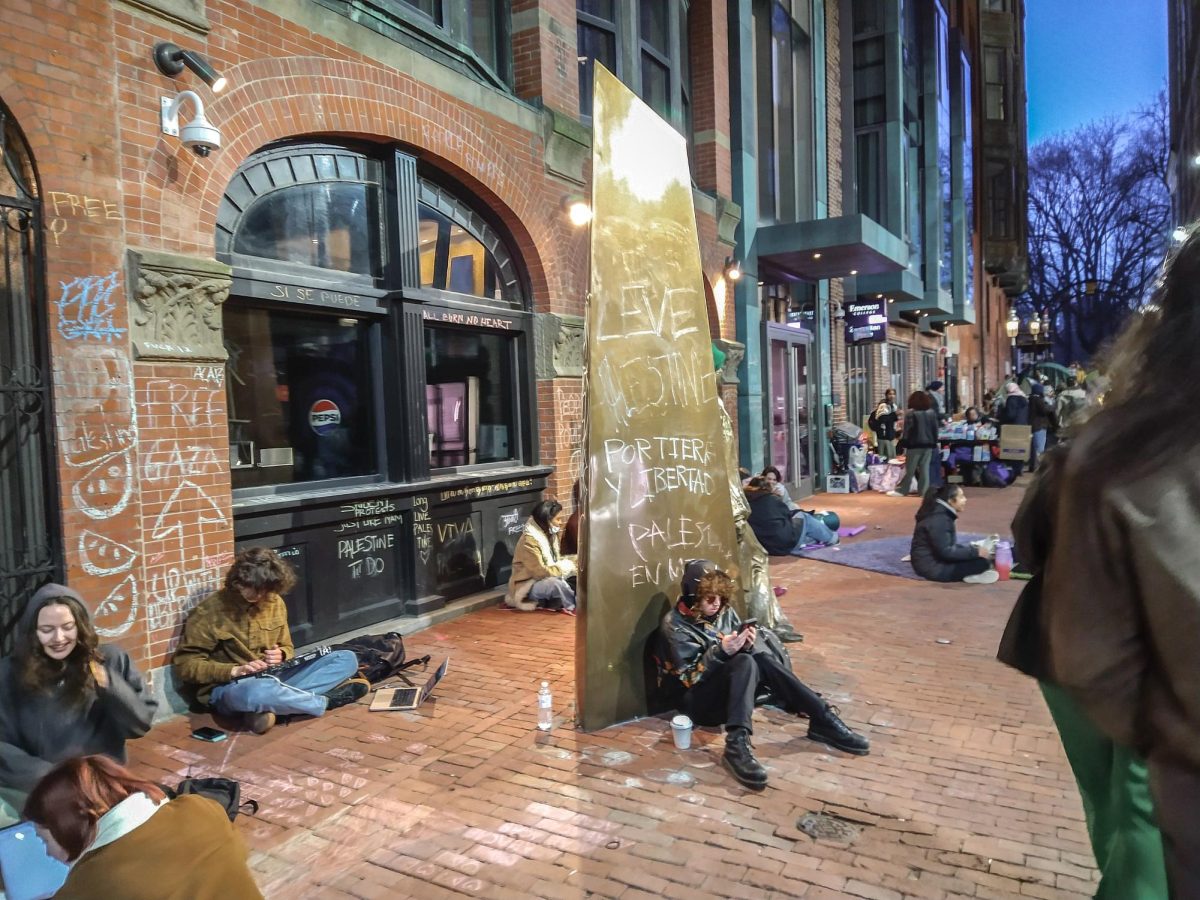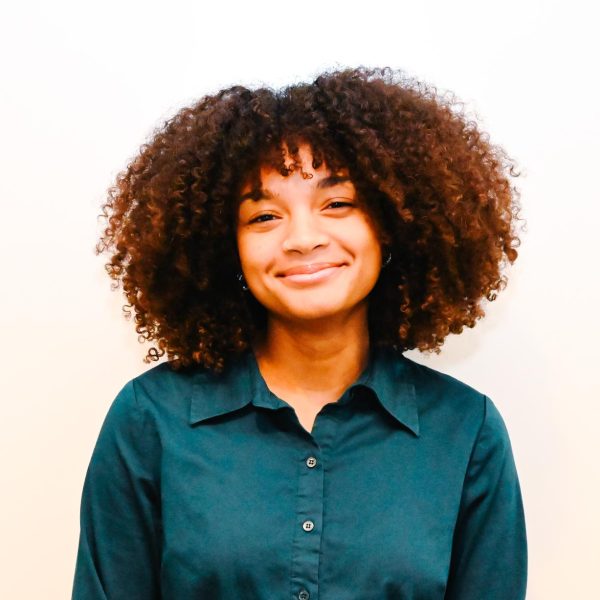Last week, my family gathered around our dining room table that was laden with white dishes, silver candlesticks and vases of bright red tulips. My mother smoothed out the wrinkles on the velvet matzah cover and adjusted the position of our seder plate with six sunken, circular indents, each filled with a symbolic food.
As the sky darkened, our wine glasses were filled and emptied, and the matzah balls were particularly fluffy, swimming in a clear, golden chicken broth. The Shabbat candles dwindled, and their orange and yellow light reflected in our eyes that were heavy with sleep.
When my grandmother told the story of Passover, she banged her hand down on the table, emphasizing the key moments. The sound cracked through the air, thrusting my attention out of my home and into our current reality.
Passover for other Jewish students this year was spent in tents, the pages of Haggadahs being read in the dim light of flashlights. People were cold, bundled up in coats and blankets, as they worked their way through their seders. Many encampments were encircled by police and agitators, symbolizing the imminent threat of violence that has been playing out before our very eyes. As many Jews have pointed out, celebrating Passover this year has felt starkly different from ones in the past.
Perhaps it is due to the stunning parallels between the holiday’s story and the current humanitarian crisis in Gaza, or maybe it stems from Passover’s reference to core Jewish values of social justice. Drawing from this interconnectedness, Jewish students were joined by their peers—people of all faiths— who provided unequivocal support for the observation of this significant holiday. The thousands of people that have put their bodies on the line and their lives on hold to take a stand against the genocide in Gaza prove the power of solidarity in the face of unspeakable adversity.
Just like many of the stories recognized in the Jewish tradition, the tale of Passover provides an important message: We can and will be free. The Israelites were subject to Pharaoh’s sadistic reign, enslaved and forced to face unrelenting cruelty. But despite this, the Israelites survived, relying on the strength of their communities to cope with their harsh conditions.
Today, I see this resilience in the movement calling for a ceasefire, the end to Israeli apartheid and Palestinian liberation. Through protests, fundraising and a dedication to promoting political education, students in particular have proved that resistance can take many forms, all of which are tremendously essential.
At our seder this year, when we dipped the karpas in salt water, I was not reminded only of the tears that the enslaved Israelites cried. I thought of the images of parents wailing as they held their injured and dead children in Gaza. As our noses scrunched from tasting the maror, I didn’t just reflect on the pain of enslavement that Pharaoh inflicted on the Israelites. Rather, I reflected on the unrecognized labor of Palestinians, who are faced with dangerous and unequal working conditions in Israel and the occupied territories.
And as my grandmother’s voice rose while she described Moses parting the Red Sea, the exodus of the Israelites from Egypt became reminiscent of the hope for an end to the war and a future free of Israeli subjugation.
Liberatory efforts transcend time, societies and structures of oppression. Passover this year felt more bitter than sweet, but that should only fuel our desire to be actors in the revolutionary film of our current movement. It is my wish that we can all draw from the power that is found in the story of Passover, and use it as a reminder that freedom is not a dream—it’s a reality on the cusp of existence.



